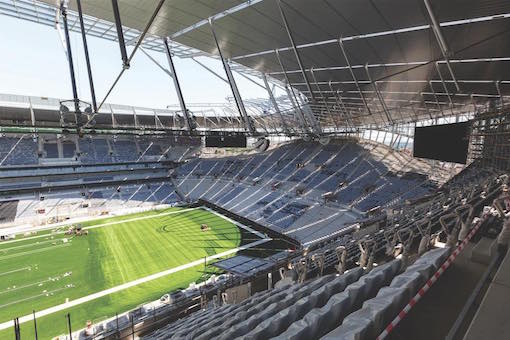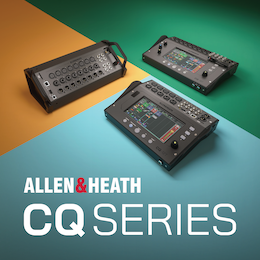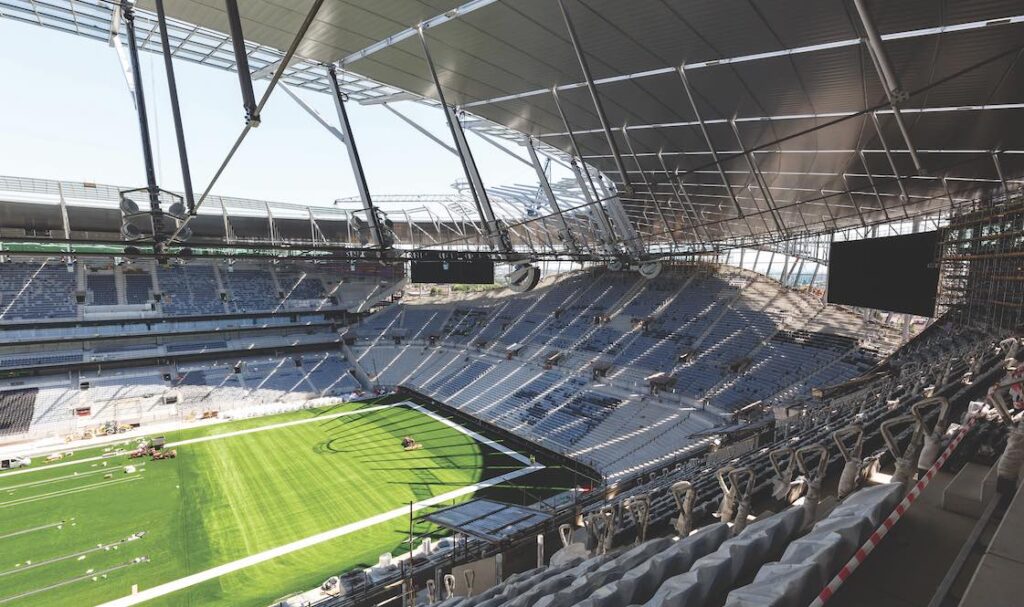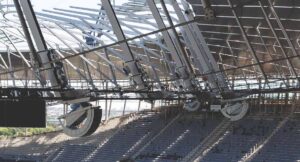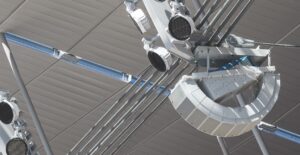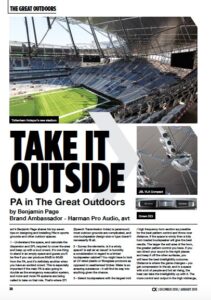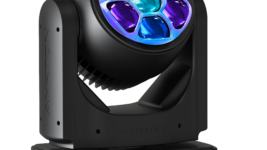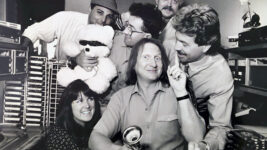Subscribe to CX E-News
THE GREAT OUTDOORS
Take It Outside – PA in The Great Outdoors
by Benjamin Page, Brand Ambassador – Harman Pro Audio, avt.
avt’s Benjamin Page shares his top seven tips on designing and installing PAs in sports grounds and other outdoor spaces.
1 – Understand the space, and calculate the dispersion and SPL required to cover the area and keep up with a loud crowd. It’s one thing to stand in an empty space and guess you’ll be fine if you can produce 80dB to 90dB from the PA, and it’s definitely another when you have an excited crowd.
This is especially important if the main PA is also going to double as the emergency evacuation system, and more and more PA systems are being called to take on that role. That’s where STI (Speech Transmission Index) is paramount; most outdoor grounds are complicated, and one loudspeaker design size or type doesn’t necessarily fit all.
2 – Survey the elements. Is it a windy space? Is salt air an issue? Is humidity a consideration in regard to a timber loudspeaker cabinet? You might have to look at UV rated plastic or fibreglass products as opposed to weatherised timber. Water is an amazing substance – it will find its way into anything given the chance.
3 – Select loudspeakers with the largest mid / high frequency horn section as possible for the best pattern control and throw over distance. If the space is windy then a fully horn loaded loudspeaker will give the best results. The larger the exit area of the horn, the greater pattern control you have.
If you can direct your sound to the right places and keep it off the other surfaces, you will have the best intelligibility outcome. Distance is where the game changes – you get compression in the air, and in a space with a lot of people and hot air rising, the heat can take the intelligibility up with it. The more control and output in the high midrange, the better.
I would always trade off low frequency performance to get a larger horn inside a loudspeaker cabinet in order to get intelligibility over distance.
4 – Select suitable power amplifiers with enough headroom to deal with cable loss and meet the peak power requirements of the loudspeakers. It is more dangerous to use a lower powered amp than a higher powered amp.
Rule of thumb: a power amp should be twice the continuous rated power of the loudspeaker to compensate for cable loss and keep control of the loudspeaker at the end of the cable run. This will ensure adequate dynamic range and deliver better sonics and overall clarity. Dynamic range also helps with STI.
5 – Always use the largest gauge speaker cable possible to reduce loss over distance. A cable with 4mm conductors is a good average choice. Be aware that cabling requirements can vary depending on where the cable is located. Requirements relating to fire safety may come into play, especially when the PA is also used for evacuation. You may have to run in metal conduits, away from other cabling.
6 – Consider the programme material and address the equalisation of the system. Will the DSP inside the power amplifier be suitable or will external processing be required?
People tend to forget how atmospheric conditions affect sound. I used to find on tours, guest engineers would try to back off the high end during the day at sound check when it was hot and the air was thin, but when the air cooled at night and got denser, it became harder to get the high end to the right level in the listening area.
It’s important to commission a system when the space is empty and then recommission it when it’s full, as you will need to make changes in the DSP. Thankfully, with the technology we have today you can build in curves to suit any time of day or weather if you know how the changes affect the system.
I have noticed that some engineers tend to overcompensate with EQ. It should be about ‘sounding natural, instead of trying to dial in a big bottom end or mid crunch to cut through.
EQ tip: It’s what you don’t hear that makes the difference… cut first, boost last. For speech it’s important that you get that range clean and upfront. If that’s right, the rest falls into place. Excessive bass enhancement in the low end of the vocal area makes it difficult to understand the spoken word.
7 – Ensure there is an adequate power supply for the power amplifiers and, above all, that there is adequate ventilation and dust control in the power amplifier location. Whenever possible, your amps and control rooms should be on a UPS. Networked audio systems need to have an analogue backup or a secondary independent network backup.
The system should be designed to be able to operate from the amp room if necessary. In the event of an evacuation, the fire evacuation warden may take total control of the system. In this scenario, you can use audio switching and processing to help move people by zones. There’s a lot of interesting convergence happening now in integration that uses audio and video to control the movement of people around spaces.
————–
Tottenham Hotspur installs new JBL VLA Compact array
English soccer club Tottenham Hotspur recently installed a full JBL sound system in their soon-to-be opened 62,000 capacity stadium in London, relying heavily on the new JBL VLA Compact.
The VLA Compact is a new, fully horn loaded line/curved array loudspeaker package designed from the outset to be an all-weather outdoor system. It’s an IP55 rated system straight out-of-the-box and uses a fibreglass enclosure design. It has been designed for stadiums and arenas or any other project in need of compact, high-powered line arrays outdoors.
The full range modules with their large patent-pending horn design maintain a very tight coverage pattern over the vocal range and are very efficient, with a sensitivity of over 101db with an input of 1 watt @ 1 metre in passive mode. The full range modules are available in two patterns: 100 degrees and a longer throw 65 degree option.
The VLA-C265 and C2100 have internal passive crossovers, so they are very green when it comes to power amplifier energy requirements. Eight full range modules can be powered by one Crown DCi 4-2400N Drive Core power amplifier.
Tottenham Hotspur audio system overview:
• 156 JBL VLA-C2100 full range line array elements, hung as a curved array
• 54 JBL VLA-C125 bass line array elements, hung behind the curved array in a cardioid pattern arrangement
• 196 JBL AWC82 all-weather loudspeakers
• 3,500 JBL Control Contractor loudspeakers
• 140 Crown DriveCore series Install power amplifiers
From the December 2018 – January 2019 edition of CX Magazine. CX Magazine is Australia and New Zealand’s only publication dedicated to entertainment technology news and issues – available in print and online. Read all editions for free or search our archive www.cxnetwork.com.au
© CX Media
Subscribe
Published monthly since 1991, our famous AV industry magazine is free for download or pay for print. Subscribers also receive CX News, our free weekly email with the latest industry news and jobs.


